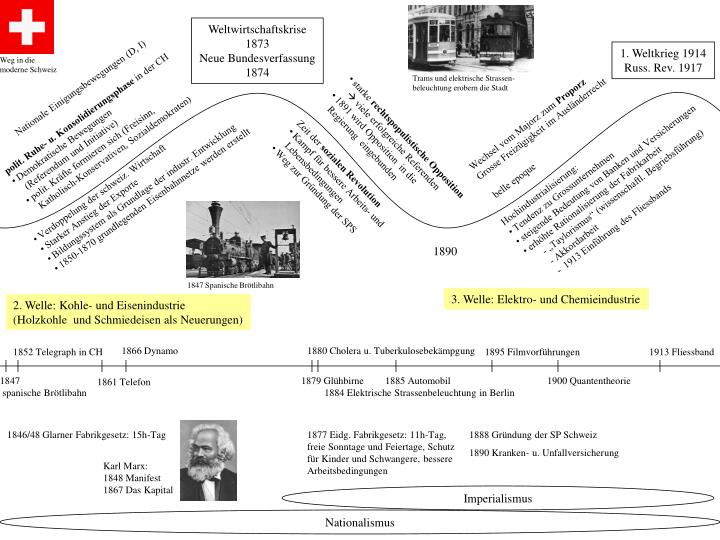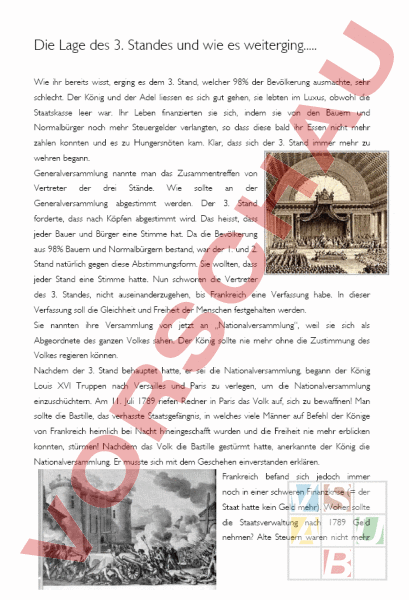
Unmarried women, in particular, often worked as domestic servants. Even without geographic separation, many types of industrial jobs were so demanding that they left little downtime for workers to spend preserving the relational bonds we associate with family life. Very often, the need for income motivated men to leave their families behind for jobs in the city. However, the rise of factory production and industrial cities meant a separation of the home from the workplace for most male workers. This decentralized form of employment was called the “putting-out” or domestic system. It was also common in 18th-century Great Britain for women and men to work in their rural homes doing jobs such as textile spinning and weaving on a piecework basis for merchant owners. Married couples and their children often worked side by side on a family farm or in a shop, or otherwise divided their labor for the family’s overall benefit. The preindustrial family was fundamentally both a social and an economic unit. The most insidious consequences of the new conditions may have been those affecting the most basic social unit: the family. In the industrializing world, the new means of production meant the demise of earlier, slower modes of labor and life.

Larger firms that could achieve economies of scale held an advantage in the competitive sphere of international trade. The size and scope of manufacturing enterprises continued to increase throughout the 19th century as Europe, the United States, and other parts of the world industrialized.

In the factories, coal mines, and other workplaces, the hours were very long, and the conditions, generally, dismal and dangerous. With the coming of factory-based industry, the coal-fired steam engine and other machinery set a new, faster pace for labor. Human and animal muscle and the waterwheel were the era’s main energy sources. Their work was governed by the traditions of their craft and the limits of available resources. Before the Industrial Revolution, artisans with specialized skills produced most of Europe’s manufactured goods. The nature of work in the new urban industries also had significant social impact. These changes thoroughly disrupted longstanding patterns in social relationships that dated back to medieval times. Other Western European lands such as France, the Netherlands, and Germany also experienced an increase in urban populations, albeit, more slowly. By the middle of the nineteenth century, that proportion had risen to 50 percent. In 1800, about 20 percent of the British population lived in urban areas. Industrial cities like Manchester and Leeds grew dramatically over the course of a few short decades. Advances in industry and the growth of factory production accelerated the trend toward urbanization in Britain. Many left their agrarian lives behind and headed for towns and cities to find employment. The population increase added to the number of people facing difficulties making a living on the land. The enclosure movement, which converted commonly held grazing lands into fenced-off private property, added to the new pressures facing the poor, rural majority. Gradually, large-scale mechanized agriculture to serve the market began to overtake the kinds of subsistence farming most peasants had practiced for generations. The combination of these factors led to profound changes in how rural people lived. Among the first signs of economic transformation was an increase in agricultural productivity, making it possible to feed this rising population. During the 18th century, the population of Britain and other European countries began rising significantly. People rarely traveled far beyond their home village. In the British Isles and most of Europe at this time, most social activity took place in small and medium-sized villages. Most historians place the origin of the Industrial Revolution in Great Britain in the middle decades of the 18th century. The changes set in motion by industrialization ushered Europe, the United States of America, and much of the world into the modern era. The advent of industrial development revamped patterns of human settlement, labor, and family life.

Before industrialization, when the most significant economic activities in most European countries were small-scale farming and artisan handicrafts, social structures remained essentially as they had been during the Middle Ages. It brought about thorough and lasting transformations, not just in business and economics but in the basic structures of society. The Industrial Revolution deserves the name with which historians have tagged it.


 0 kommentar(er)
0 kommentar(er)
